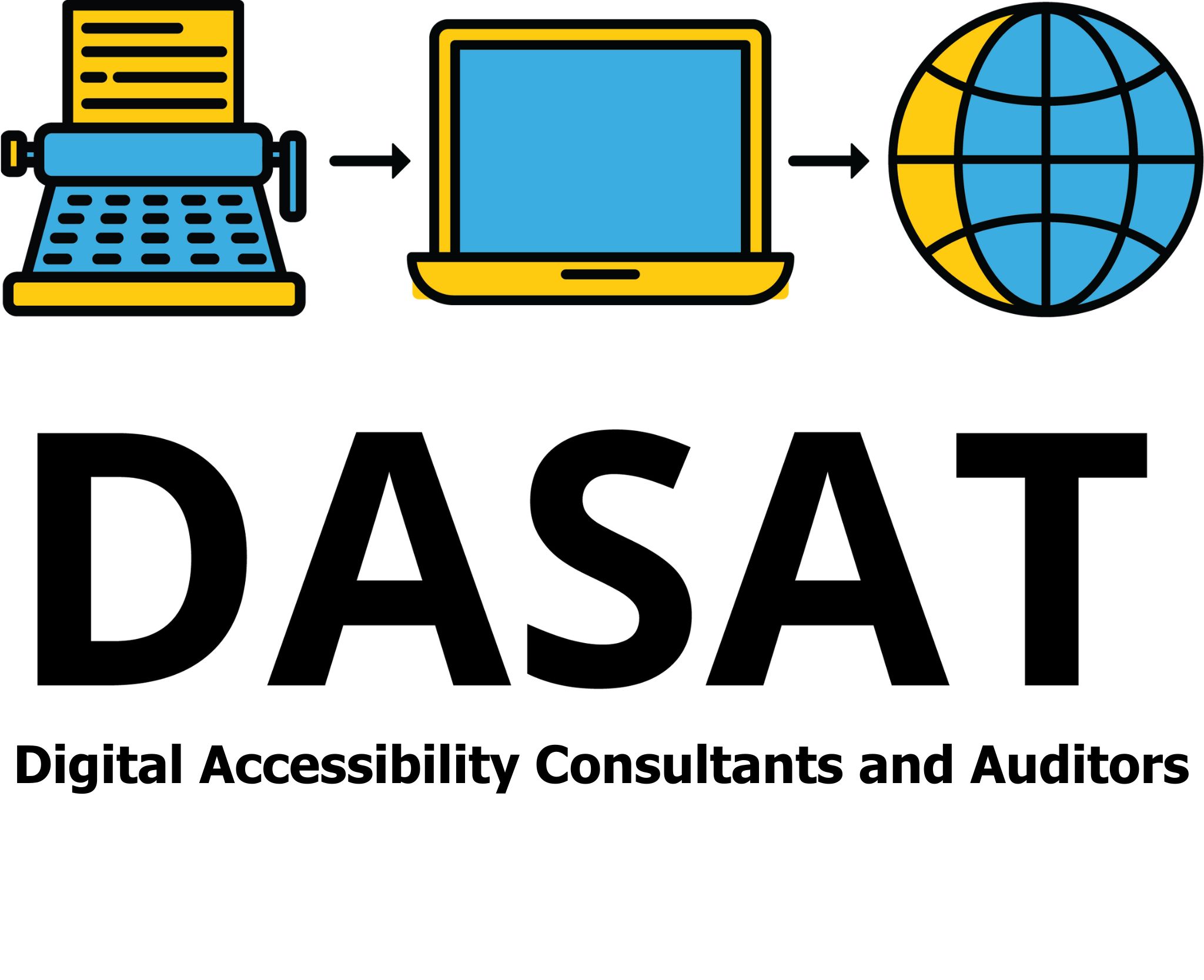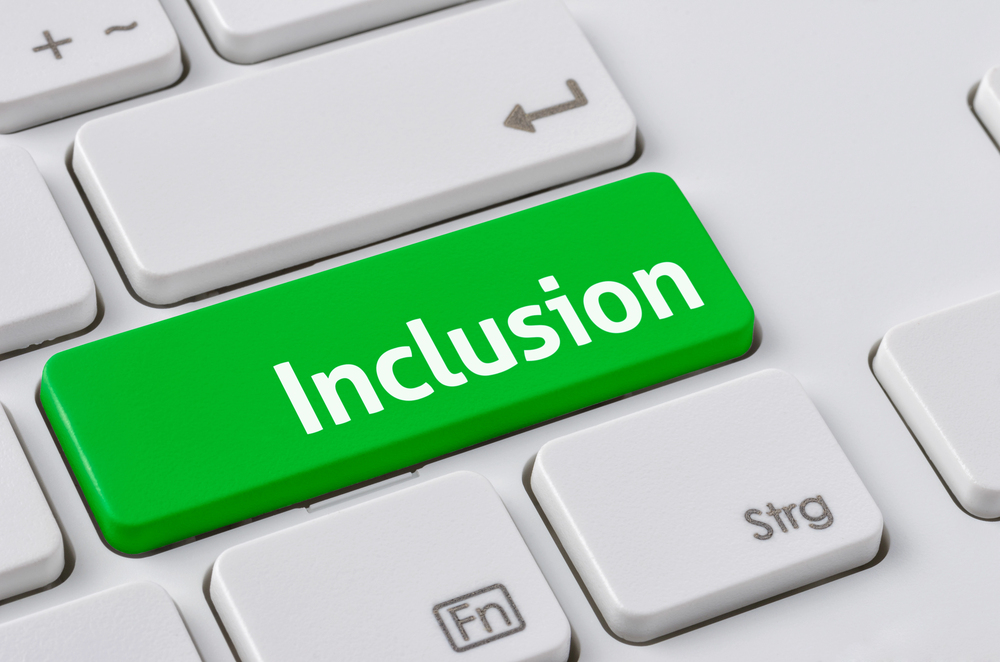Making Communication Accessible for Everyone
Communication is more than words. Most people rely on body language, facial expressions, and gestures to understand feelings and intentions. When someone cannot read these cues, everyday conversations can become confusing or isolating.

Who Is Affected?
Many people experience difficulty reading non-verbal signals:
- Blind or low vision users cannot see facial expressions or body movements.
- People with autism or neurological differences may find body language confusing or inconsistent.
- Individuals with cognitive impairments or hearing loss may miss subtle visual cues.
When these signals are unavailable, people can feel isolated, excluded or misunderstood.

Everyday Challenges
Missing non-verbal cues affects every part of daily life at school, work, and home.
Students may miss emotional cues from teachers and other students. Employees may misread tone during team discussions or meetings. Social interactions can also be frustrating and stressful when reactions or expressions are unclear. These challenges highlight why accessible communication matters.
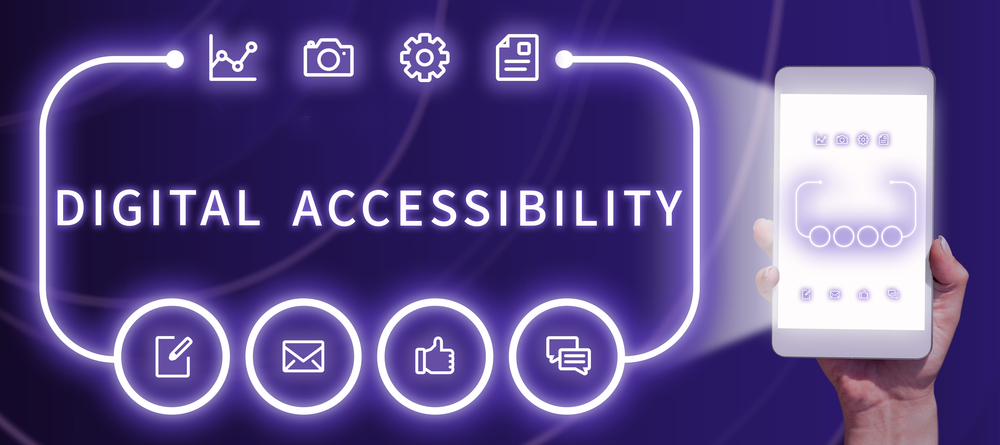
How Digital Communication Can Help
Digital tools can bridge the gap when non-verbal cues are missing. Using text, audio, and video to explain context and emotion helps people follow conversations more easily. This is important for anyone who cannot rely on visual signals.

Accessible Video: Captions and Audio Description
All video content should include:
- Captions, showing all spoken words and important sounds.
- Audio description, explaining gestures, expressions, and visual actions.
These features give everyone the same access to information and emotional cues.
For more guidance, see the W3C’s information on captions and audio description.
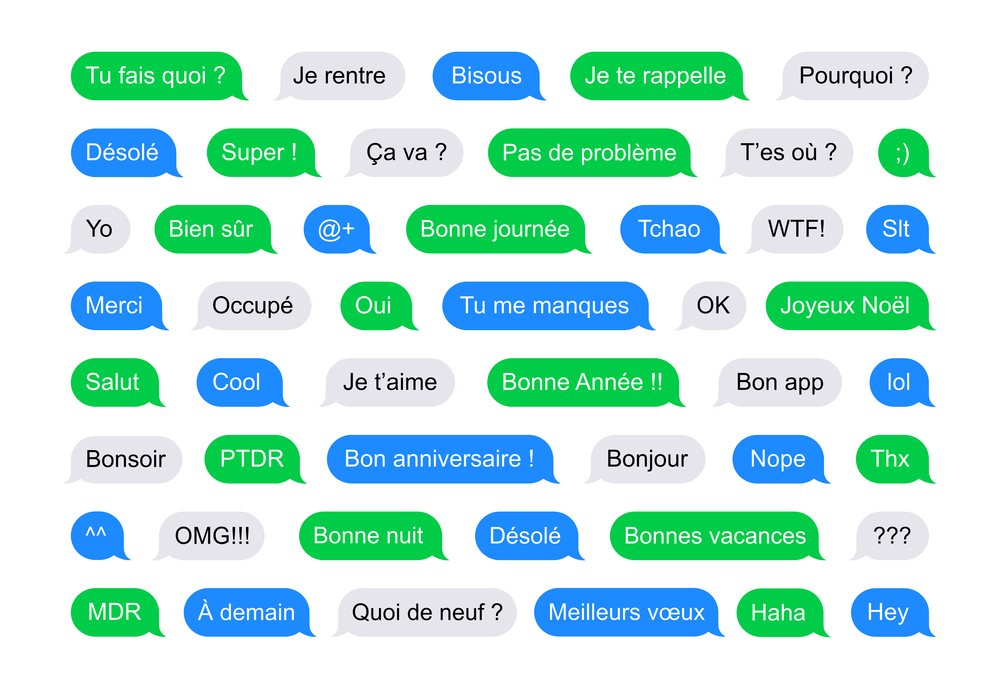
Using Plain Language
Plain language keeps information clear for everyone. Short sentences, simple words, and direct meaning help people focus on the message. It also supports individuals with cognitive disabilities, learning differences, or low literacy. Clear content also improves search engine optimisation (SEO) by aiding search engines understand your message. Here is a guide on improving digital accessibility.
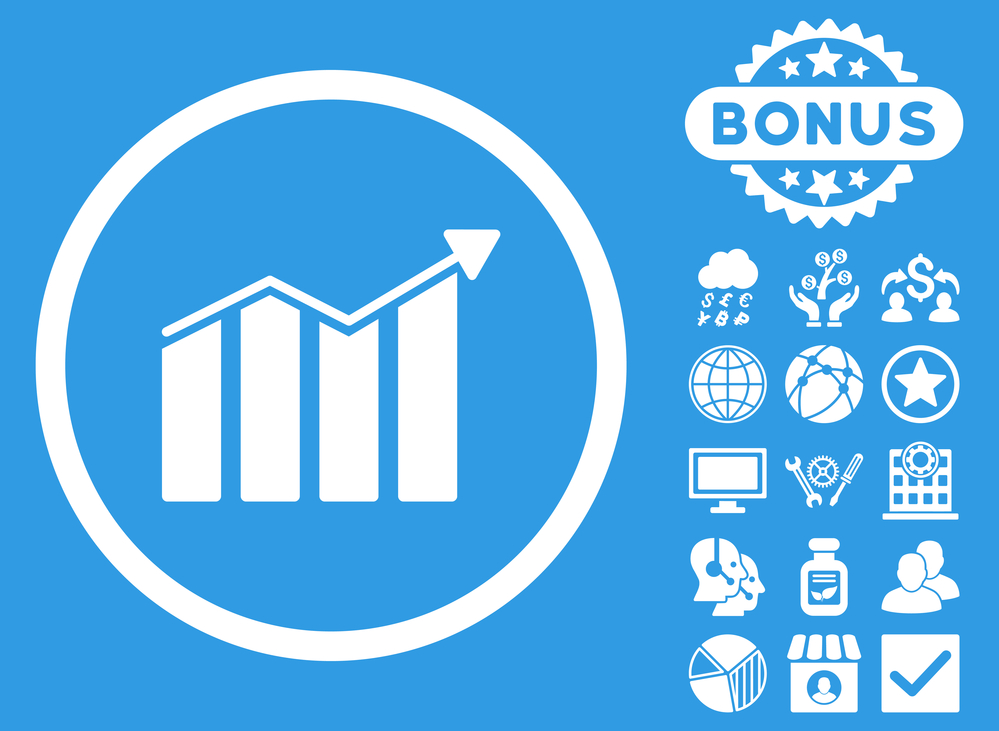
Benefits of Accessible Communication
Accessible content benefits a wide range of people:
- Those who cannot see body language.
- People learning English.
- Users multitasking or in noisy environments.
- Anyone who finds social cues difficult to read.
Descriptive writing, captions, and audio description give everyone equal access to context and meaning. Tools like screen readers, speech-to-text apps, and accessible chat platforms further support communication. These tools let people access information in ways that suit them best.

Inclusive Schools and Workplaces
Accessible communication supports better learning and collaboration.
Students can understand lessons without missing emotional or contextual cues.
Employees can follow instructions, feedback, and team discussions more easily.For organisations building accessible digital products, the Australian Standard AS EN 301 549:2024 provides clear requirements. You can also learn more about digital inclusion at DASAT.
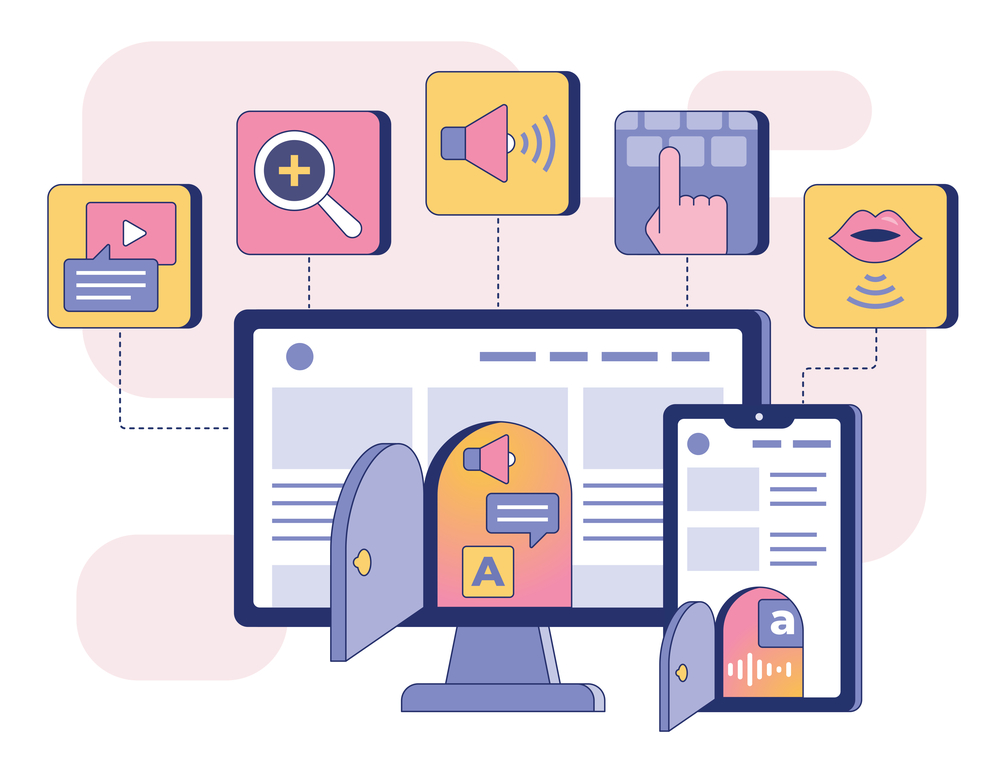
Why Accessibility Matters
Accessibility is about fairness and good communication. Everyone deserves to understand, connect, and be part of the conversation. Clear communication, descriptive writing, captions, and audio description remove barriers for people who cannot read body language or facial expressions.
Technology cannot replace the ability to read facial expressions or body language. However, it can provide the information needed to participate like everyone else. Accessible content allows people to engage, understand emotions, and feel included.

Moving Forward
As digital communication becomes more common, the need for accessible content will continue to grow. Organisations that take the time to make their digital information clear, descriptive, and easy to understand will create stronger connections with their audiences. This approach also helps people who may feel overwhelmed by complex information or unclear instructions.
Improving accessibility does not have to be complicated. It starts with everyday habits like writing in plain language, describing key details, and considering how people with different abilities will access the information. When accessibility becomes part of normal practice, communication is more welcoming, and everyone benefits.
